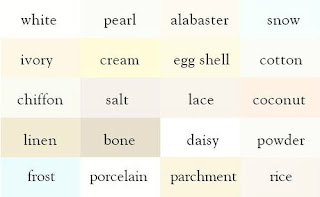Aa:a kind of volcanic lava that forms jagged masses with a light frothy texture; in an unrelated sense (‘a stream’).
Bardolatry:humorousexcessive admiration of Shakespeare
Cerulean:deep sky blue
Discombobulate: to confuse
| Ensorcell: to enchant or fascinate someone |
Flummox: To flummox a person (verb) means to confuse them a lot.
Gobbledygook: to mean words that are nonsense or have no meaning.
Hullaballoo: is the loud noises and shouting that people make when they’re angry.
Incunabula: books printed before 1501
Jumentous:
| resembling horse's urine |
Kerfuffle: It means to make a fuss or a bother, usually when people have different points of view.
Lackadaisical: to describe that someone’s lazy and has no enthusiasm.
merrythought :a bird's wishbone
| Nugacity: triviality or frivolity Otalgia: earache Poppycock: somebody trying to talk about something that they know absolutely nothing aboutRagamuffin: is a person who wears dirty and scruffy clotheshttps://youtu.be/knO4IP0a5-c And another 10 Words ~~ |
























